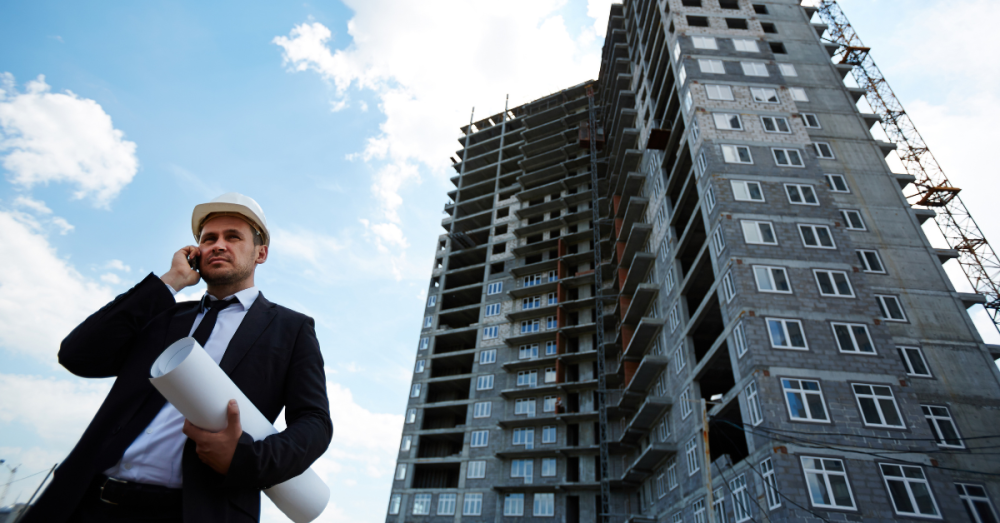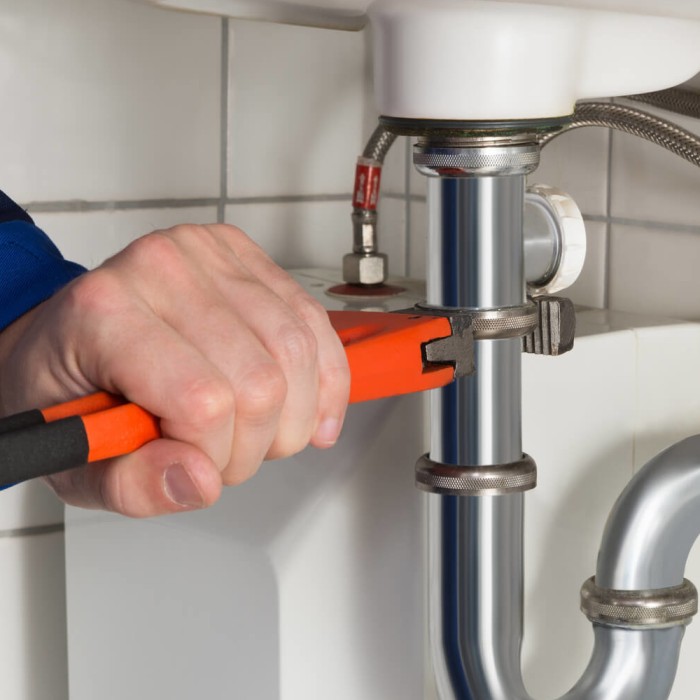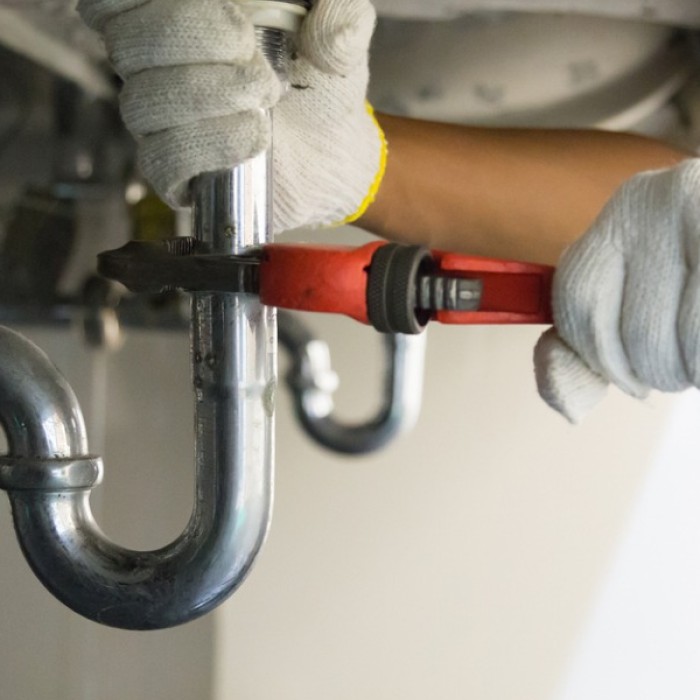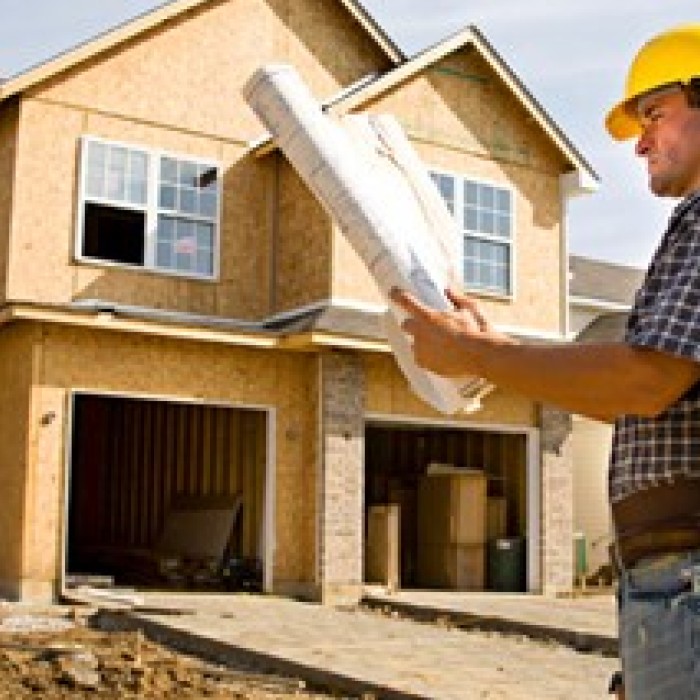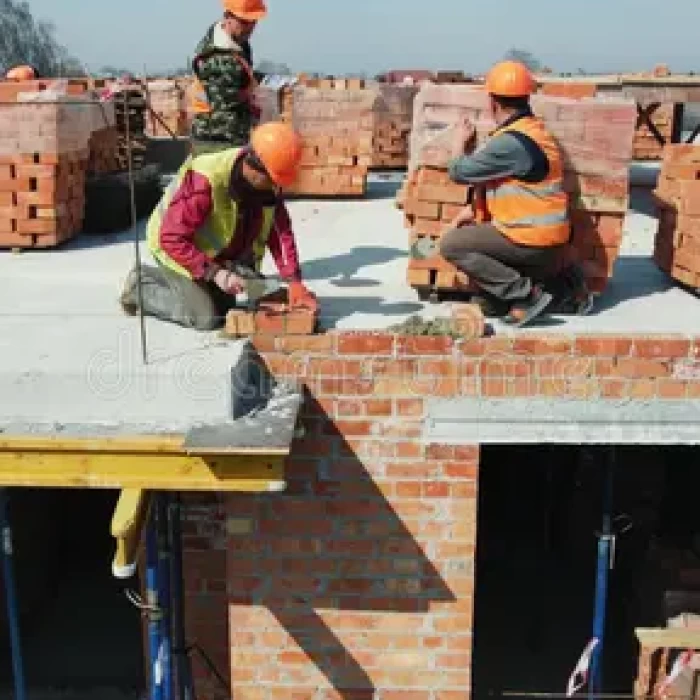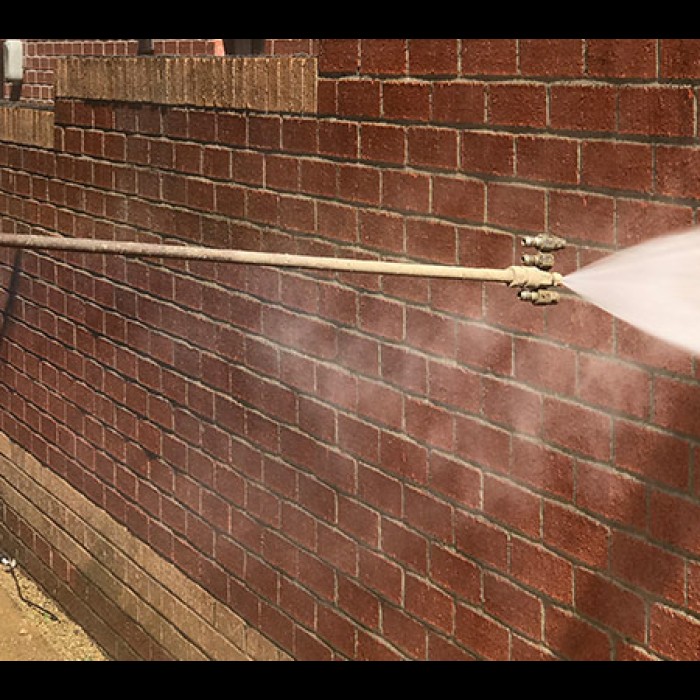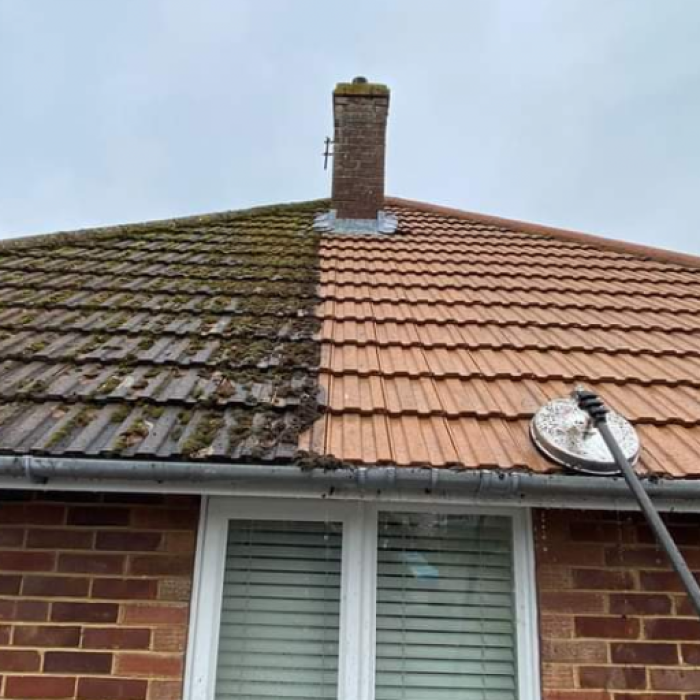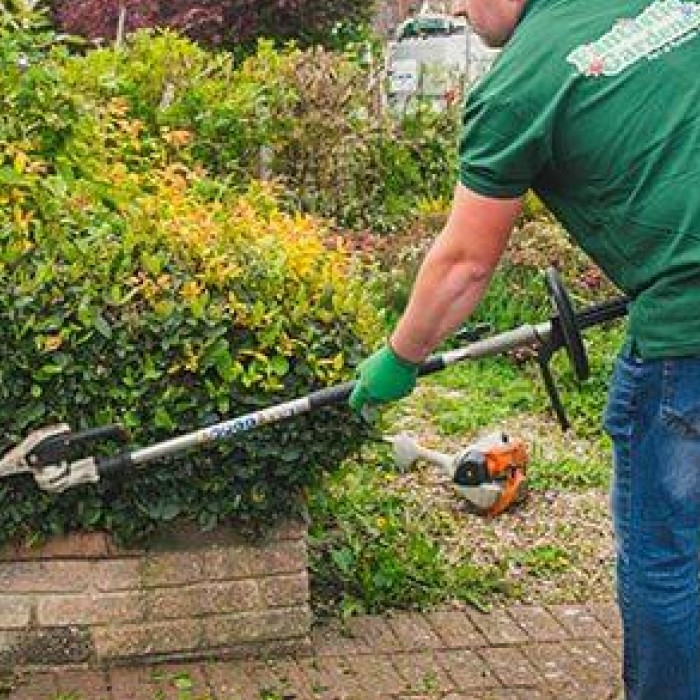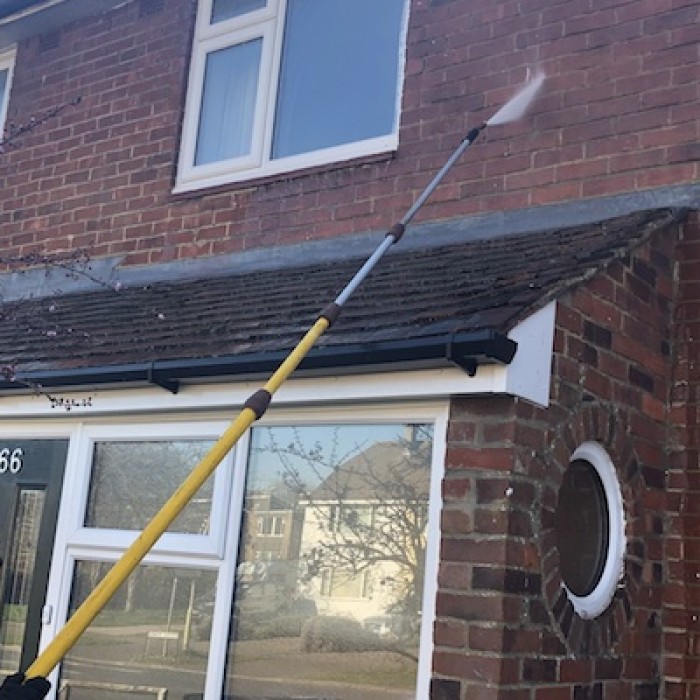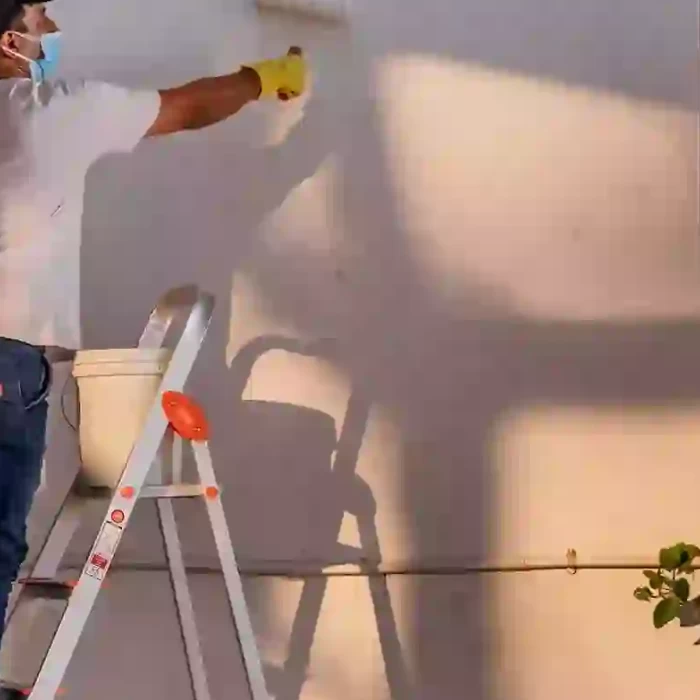How Does Bricklaying Differ in Commercial and Residential Construction?
Bricklaying is a critical component of both commercial and residential construction. However, the process can differ significantly between these two types of projects. Commercial projects are often larger and more complex in design, which means that bricklaying requires additional skills, expertise, and equipment to meet its demands. Residential construction tends to be smaller in scale, with a focus on functionality and affordability; although a lot of variety exists in terms of design as such construction draws from various cultures around the world.
As a result, while equally complicated in terms of variety, bricklaying in residential construction usually does not require the same level of precision as in commercial construction, and attention to detail in such projects are usually focused on aspects of beauty instead of functionality and safety requirements. In this blog we shall explore all such differences between bricklaying in commercial and residential construction, and the factors that impact each process.
Differences in Bricklaying: Commercial vs Residential Projects
Following are the various differences between bricklaying in commercial and residential construction projects.
Timescale
The time scale for construction for residential and commercial brickwork construction projects differs heavily, with the commercial projects being months and even sometimes years long if it is a large scale project. Commercial construction projects also happen to have a stricter scheduled construction method and may require specialized equipment for bricklaying, masonry and other work. Residential projects can also reach months when the timescale is concerned, but only when the residence being built is for an important person such as those of rich business mandates, government officials and royalty.
Regulations
While regulations exist for both commercial and residential buildings, commercial complexes have more strict regulations, from the government and by the industry themselves. When bricklaying is concerned, regulations require that bricks be tolerant up to a certain force and temperature in most settings, and sometimes additional requirements may require the bricks to not absorb moisture as much as usual and other properties, which may mean the use of specially created bricks in the project. However, in residential projects, the color of the bricks and texture of the masonry is given a high importance, which means it is equally as difficult to complete projects in such instances.
Cost
Everything else considered, the cost of commercial projects tends to be high whether it be simple bricklaying or masonry or complicated repair work. Costs for procurement of special materials needed to complete the project and the expertise such projects demand from their workers means the cost is driven up high, not to mention the environmental delays and logistics challenges that are sometimes needed to be overcome in such projects. Residential projects may also become costly when they demand unusual design requirements, highly aesthetic finishing or repair work; but they usually only cost in the low range compared to commercial construction projects.
Materials used
In terms of materials used, commercial construction projects may call for special types of materials and more rigorous ratios in things like concrete mixtures because of the functionality and requirements of the projects. For example brick insulation for things like melting furnaces require a special type of masonry and highly thermal resistant bricks. However, residential construction projects can also call for as many materials but for different reasons; those being for aesthetic and comfort purposes. Apart from this, residential construction projects may require less specialized construction equipment compared to those used in commercial projects.
Locations
Commercial projects may be spread in different locations, and may be more harsh for people to work in than residential construction projects, which are usually only built in comfortable locations. However, residential projects may include places that might be hard to work in even for professionals, especially if such a project is situated in areas of harsh weather. The logistics problems because of inherent location are also more common in commercial rather than residential construction projects.
How professionals help
Professionals in the field help in both residential and commercial construction projects, and no matter how complex the projects are, help them be completed without delays and errors. Both functional and aesthetic aspects are considered by such experts, and therefore it is better to call them to construct or repair a brick structure that one may need in any of the situations. When commercial construction is concerned, they also abide by the various regulations and will use specialized tools and equipment to get the job done, so that the final structure functions as in the design concepts and will have a long enough lifespan in the industry it is serving in.
Conclusion
As you can see, there are a lot of differences between commercial and residential building construction, so much so that the training required to construct them can differ significantly. Only the professionals with the most experience can do both jobs without making any mistakes. This is why usually the teams that are sent to the construction sites will be different based on the type of construction. Worldwideservices provides both residential and commercial construction services for various clients situated anywhere in australia. Contact us with your brickwork construction requirements to get a quote today.

